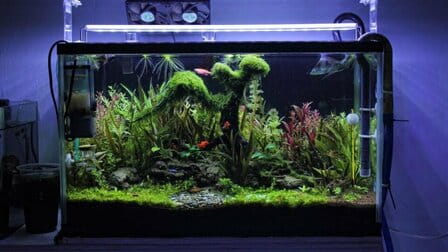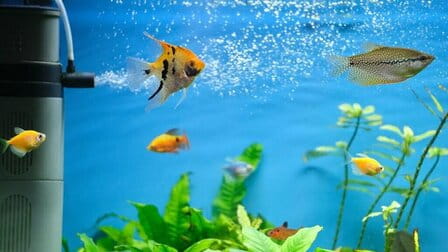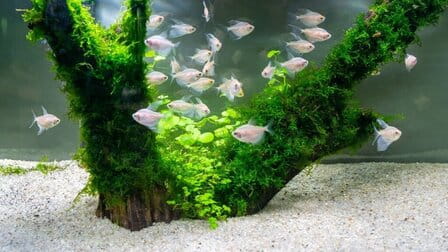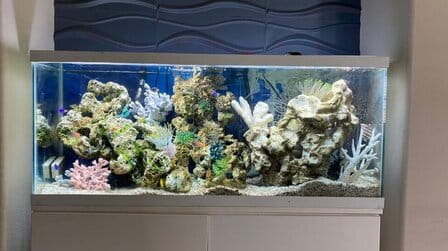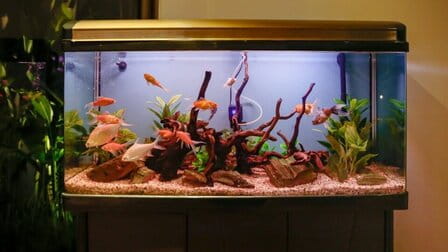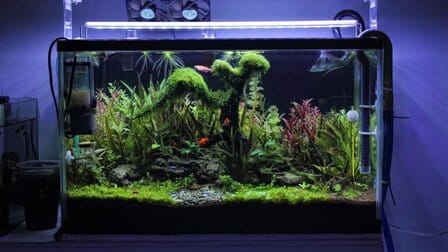Aquariums are captivating microcosms of aquatic life, offering a window into the enchanting world beneath the water's surface. Whether you're a seasoned aquarist or just starting with your first tank, you've likely encountered the persistent green menace known as algae. Algae growth can turn your once-clear aquatic haven into a murky, unsightly mess if left unchecked. However, with the right knowledge and a few proactive measures, you can prevent algae from taking over your aquarium and ensure that your fish and plants thrive in a healthy environment.
Understanding Algae: The Uninvited Guest
Before we dive into the strategies to prevent algae growth, it's crucial to understand what algae are and why they find their way into aquariums.
Algae are simple, plant-like organisms that can range from microscopic single-celled forms to large, multicellular structures. They thrive in aquatic environments when conditions favor their growth, and aquariums provide an ideal habitat. Algae are fueled by light, nutrients, and carbon dioxide (CO2), all of which are abundant in aquariums.
Here's why algae become a common concern in aquariums:
Light: Most aquariums are well-lit to support the growth of aquatic plants. However, this same light can promote algae growth if not controlled.
Nutrients: Fish waste, uneaten food, and decaying plant matter release nutrients like nitrogen and phosphorus into the water. Algae thrive on these nutrients.
CO2: During the day, fish produce CO2 as they respire, which can contribute to algae growth if not balanced.
Now that we've unraveled the mystery of why algae love aquariums, let's explore how to prevent their unwelcome takeover.
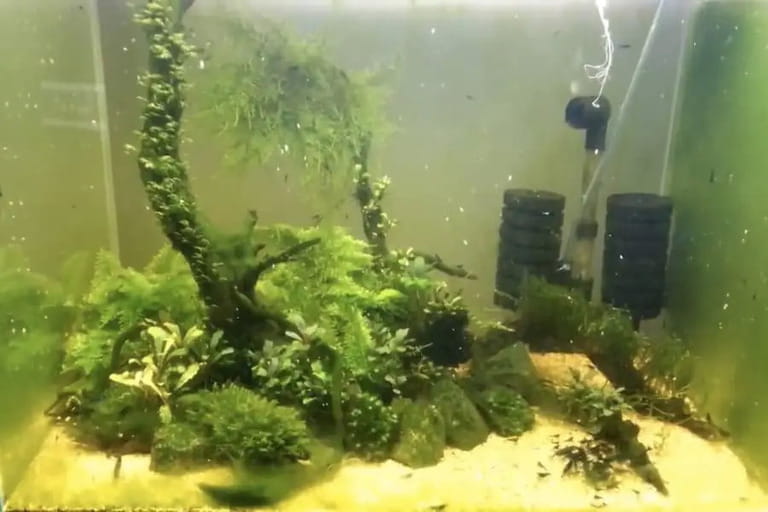
Strategies for Preventing Algae Growth
1. Proper Lighting:
Use a Timer: Install a timer for your aquarium lights to ensure a consistent lighting schedule. Aim for 8-10 hours of light per day for a freshwater planted tank, adjusting as needed based on the specific needs of your plants and algae growth.
Choose the Right Bulbs: Opt for aquarium-specific bulbs that emit light within the optimal spectrum for plant growth while minimizing algae-promoting wavelengths.
Consider Dimmers: Some advanced lighting systems allow you to adjust light intensity throughout the day, mimicking natural sunlight patterns and potentially reducing algae growth.

2. Maintain Water Quality:
Regular Water Changes: Perform routine water changes to remove excess nutrients and dilute waste. Aim for 10-20% water changes every 1-2 weeks, depending on your tank's size and stocking.
Clean Substrate: Gently vacuum the substrate during water changes to remove debris and decaying matter that can release nutrients.
Use Purified Water: If your tap water contains excessive nutrients or impurities, consider using purified or RO/DI (reverse osmosis/deionized) water for water changes.
3. Limit Feeding:
Feed Sparingly: Avoid overfeeding your fish, as uneaten food contributes to nutrient buildup. Offer only what your fish can consume in a few minutes and remove any uneaten food promptly.
Use High-Quality Food: Invest in high-quality fish food with balanced nutrition to minimize waste and excess nutrients.

4. Aquatic Plants:
Plant Density: Maintain a healthy density of aquatic plants to outcompete algae for nutrients and block light from reaching the water's surface.
Fast-Growing Plants: Include fast-growing plants like hornwort or water sprite to consume excess nutrients and shade the aquarium.
Regular Pruning: Trim and prune your plants regularly to prevent overgrowth, which can lead to dead or decaying plant matter that fuels algae.
5. Algae Eaters:
Introduce Algae-Eating Fish: Certain fish species, such as Siamese algae eaters, bristlenose plecos, and otocinclus catfish, are natural algae eaters and can help keep algae in check.
Algae-Eating Invertebrates: Consider adding shrimp (like Amano or cherry shrimp) and snails (such as nerite snails) that graze on algae.
Clean-Up Crew: Assemble a "clean-up crew" of algae-eating creatures to help control algae in your tank.
6. CO2 Injection:
CO2 Control: If you have a heavily planted tank, consider injecting CO2 to promote plant growth, which can help reduce available nutrients for algae. However, be cautious and monitor CO2 levels closely to avoid harming your fish.
Excel and Other Carbon Supplements: Liquid carbon supplements like Excel can provide an alternative to injected CO2 for promoting plant growth and algae control.

7. Avoid Direct Sunlight:
- Tank Placement: Keep your aquarium away from direct sunlight, as this can encourage excessive algae growth due to the abundance of light.
8. Use Algae Control Products Sparingly:
- Algaecides: While chemical algaecides are available, they should be used as a last resort and only when other methods have failed. They can harm aquatic life if not used with caution.
Remember that a balanced approach is key to preventing algae growth. It may take some trial and error to find the right combination of strategies that work for your specific aquarium.
Monitoring and Adaptation
Consistent monitoring of your aquarium's conditions is crucial in the battle against algae. Here are some monitoring tips:
Algae Species: Familiarize yourself with the types of algae in your aquarium, as different species may require specific control methods.
Water Parameters: Regularly test and maintain proper water parameters, including pH, ammonia, nitrites, and nitrates, to ensure optimal conditions for fish and plants.
Nutrient Levels: Test for nutrient levels, particularly nitrates and phosphates, and take action if they exceed recommended levels.
Algae Growth Patterns: Observe when and where algae tend to grow in your aquarium. This can provide valuable insights into the causes and potential solutions.
Plant Health: Keep an eye on the health of your aquatic plants. Healthy, thriving plants are your best defense against algae.
Conclusion: A Pristine Aquarium Awaits
Preventing algae growth in your aquarium requires patience, diligence, and a good understanding of your specific setup. By carefully managing light, maintaining water quality, and implementing preventive measures, you can create an aquatic environment that thrives with vibrant fish and lush plants while keeping algae at bay. Remember that every aquarium is unique, so don't be discouraged by setbacks. With time and experience, you'll master the art of maintaining a pristine aquarium where your aquatic companions can flourish. Happy fishkeeping, and may your underwater world be a source of joy and beauty!

